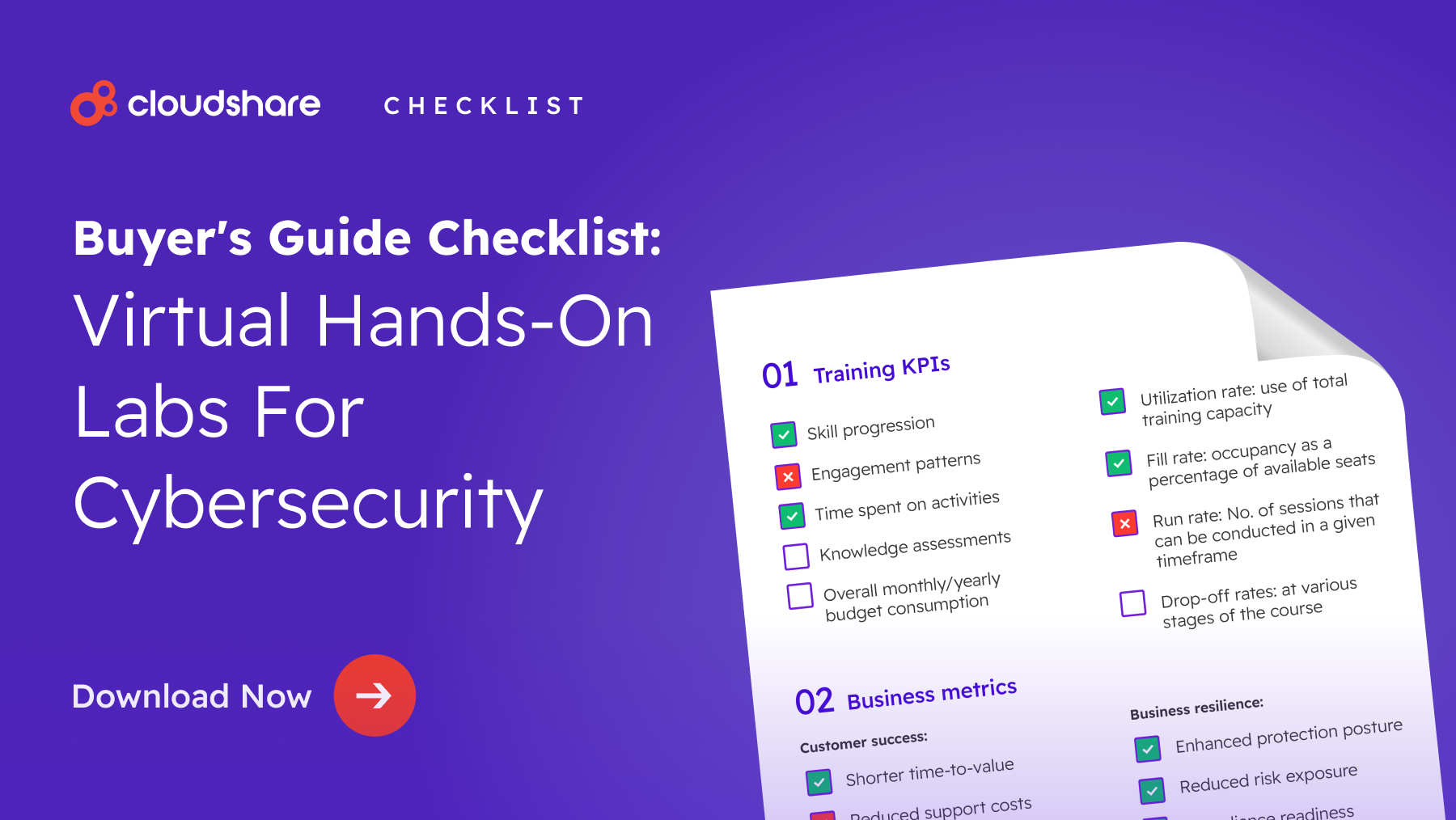Glossary
Automated Test Environment
Test environments: a definition
Before you roll out a new software build, you want to test that it is working correctly. For instance, let’s say you’re launching a new SaaS product; you want to test as many different scenarios as possible, push the solution to its limits, and put yourself in your customers’ shoes to identify any potential pain points.
This means checking that the user experience (UX) is optimized to support the user journey in the way that was envisioned. Also, you need to search for bugs and otherwise unforeseen technical problems that may arise when users are let loose on your software.
Everything needs to work as it was intended. What you need is a safe way to play around using the product itself to see what works and what doesn’t, without consequences. The only way to ensure this is with an accurately simulated cloud test environment. There’s no doubt about it: it’s critical to use testing environments in software development.
What happens if you get it wrong?
Without adequate testing, any flaws in your product could lead to negative user experiences, product outages, and downtime. These will have a significant effect on the bottom line in terms of customer, acquisition and retention, satisfaction, advocacy, loyalty, and much more. User experience is everything in the age of the subscription economy, where customer loyalty is as fragile as it’s ever been. If your user experience isn’t up to scratch, customers will switch to a competitor.
Testing is crucial in making sure your product is as intuitive, seamless, and bug-free as possible. If there are problems, these need to be fixed, which can be time- and cost-intensive and directly impacts your resources. It’s important to pick these up in a test environment in designated phases of development for testing, so that they can be worked into project schedules and timelines.
This is why getting the processes right around test environments is key, so that evaluation goes smoothly and doesn’t impact speed-to-market. How quickly, easily, and accurately can you spin up your testing environments? Automation can help to improve the experience of testing environments in software development for your teams and guarantee success.
The value of an automated test environment
With complex software builds, an automated test environment may be required. An automated test environment removes the manual aspects around environment provisioning, configuration, and data management. It also ensures that all the processes involved in and around software development testing are seamless, joined up, and fully integrated. The benefit of this approach is a consistently unified experience – from setting up the environment to testing various scenarios, from gaining insights using analytics to monitoring and supporting the systems on an ongoing basis.
When it comes to how to automate software testing, finding the right platform is crucial. The best option is an all-in-one enterprise-grade platform – not only one that allows you to build a wide range of virtual labs and sandbox environments for testing, but also that can deliver and support flawless software experiences.



